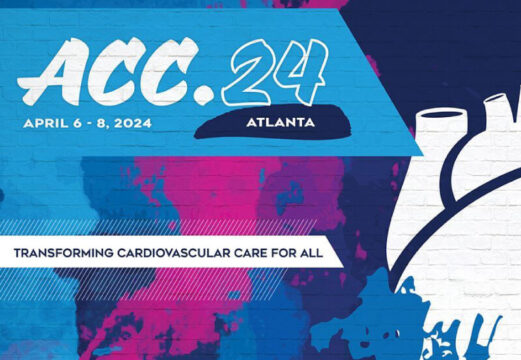A study compared pooled data of claudication and critical ischemia patients treated with stenting vs. by-pass surgery in femoropopliteal disease.
The main objective of revascularization in femoropopliteal disease is to improve the quality of life and functional capacity of claudication patients who did not respond to medical treatment, and to save the affected limb in patients with critical ischemia (CI).

This specific arterial segment is exposed to multiple external forces such as torsion, flexing, extension, and compression, which entails special consideration in its management.
For many years, bypass surgery (BSx) was the standard choice, but currently, as techniques and working material have improved, the endovascular approach has become a comparable alternative.
Farhan et al. conducted a study with the aim of analyzing the pooled data of patients included in randomized studies that compared femoropopliteal disease with endovascular treatment with stent vs. BSx.
The study included patients with claudication and critical ischemia who underwent angioplasty with a stent (conventional, drug-eluting or coated) vs. surgery with prosthesis or autologous vein.
The primary endpoint (PEP) of the study was the presence of major adverse limb-related events (MALE)—a composite of all-cause mortality, major amputation, or reintervention of the affected limb. Secondary endpoints included amputation-free survival, all-cause mortality, and primary patency. The safety endpoint was the presence of early complications (30 days).
Read also: What Is the Best Strategy for Moderately Complex Femoropopliteal Lesions?
At a mean follow-up of 2.12 years, there were data available from 639 patients included in five randomized studies. Their mean age was 68.3±9 years and 29% were female. Most had a claudication diagnosis (61.3%). The endovascular arm was treated with conventional stents (31.7%), coated stents (26.5%), and drug-eluting stents (41.8%). In the surgical arm, an autologous vein was used in most cases (52.9%) and prostheses were used in the remaining.
There were no significant differences in the PEP (40.1% vs. 36.4%; p = 0.447), neither in the total cohort nor in the subgroups proposed by protocol (>75 years, diabetes, claudication, or CI). Additionally, there were no differences in amputation-free survival, all-cause mortality, or reinterventions. Regarding primary patency, patients with endovascular intervention had a lower patency rate at follow-up (51.2% vs. 61.3; 95% confidence interval: 0.024); however, when patients with index intervention failure were excluded, this difference was non-significant (53.6% vs. 61.3%; p = 0.140).
When peri-procedural safety was analyzed, significantly fewer events in endovascular treatment were observed (6.8% vs. 22.6%; p < 0.001).
Conclusions
In patients with femoropopliteal disease, both claudication and CI, endovascular treatment with stent compared with BSx (autologous vein or prosthesis) did not show significant differences in terms of major adverse limb-related events and had a greater safety profile. These pooled results from multiple randomized studies back the safety and efficacy of stent treatment in femoropopliteal disease.

Dr. Omar Tupayachi.
Member of the editorial board of SOLACI.org.
Original Title: Revascularization Strategies for Patients With Femoropopliteal Peripheral Artery Disease.
Reference: Farhan, Serdar et al. “Revascularization Strategies for Patients With Femoropopliteal Peripheral Artery Disease.” Journal of the American College of Cardiology vol. 81,4 (2023): 358-370. doi:10.1016/j.jacc.2022.10.036.
Subscribe to our weekly newsletter
Get the latest scientific articles on interventional cardiology




